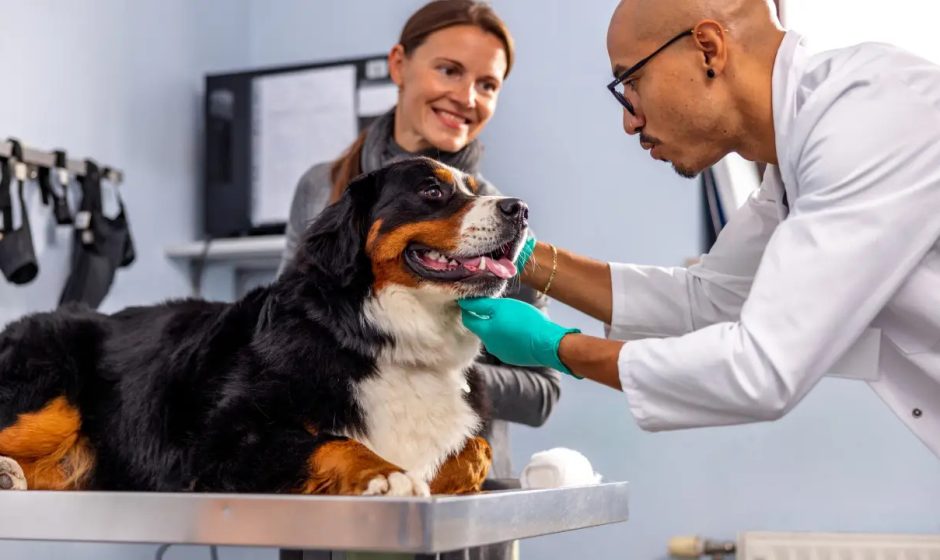Pets are part of our families. Whether you have a dog, cat, or another companion animal, you want to provide the best care possible. But as veterinary costs continue to rise, unexpected medical expenses can quickly become overwhelming.
That’s where pet insurance comes in — a financial safety net that helps cover the cost of vet bills when your pet gets sick or injured. In 2025, pet insurance has become more flexible and accessible than ever, with policies designed to suit different needs and budgets.
This guide will help you understand how pet insurance works, what it covers, and how to choose the best plan for your furry family members.
What Is Pet Insurance?
Pet insurance is a type of health coverage that reimburses you for certain veterinary expenses. Like human health insurance, you pay a monthly premium and, in return, receive financial support for covered medical treatments.
Policies typically include reimbursement for:
- Accidents and injuries: Covers emergency treatments, surgeries, or hospitalizations caused by accidents.
- Illnesses: Helps pay for diagnostics, medications, and treatments for diseases or infections.
- Chronic conditions: Covers long-term illnesses like diabetes or arthritis.
- Hereditary conditions: Includes genetic disorders common to specific breeds.
- Alternative therapies: Some plans cover acupuncture, physical therapy, or behavioral treatments.
You can often add optional wellness coverage for routine care such as annual exams, vaccinations, and dental cleanings.
Why Pet Insurance Matters
Veterinary costs have been increasing steadily each year. A single emergency visit can cost between $800 and $2,000, while serious surgeries can reach $5,000 or more.
Without insurance, these bills can put financial stress on pet owners — and sometimes even limit access to life-saving care.
Pet insurance provides peace of mind by helping you:
- Afford emergency treatments without hesitation.
- Choose the best medical options for your pet’s condition.
- Avoid dipping into savings or credit to pay unexpected bills.
- Focus on care, not cost, when your pet needs medical attention.
In short, it ensures your pet receives the care they deserve — when they need it most.
How Does Pet Insurance Work?
Pet insurance operates on a reimbursement model. You pay the vet bill upfront, submit a claim, and then the insurance company reimburses a percentage of the covered costs.
Here’s how it usually works:
- You choose a plan and coverage level.
- You pay a monthly or annual premium.
- If your pet needs medical care, you visit your vet and pay as usual.
- You submit a claim (often online or through an app).
- The insurer reimburses you based on your coverage (for example, 70%, 80%, or 90% of the eligible amount).
Most plans also include:
- Deductible: The amount you pay before reimbursement begins (often $100–$500).
- Annual or lifetime limits: The maximum amount the plan will reimburse in a year or lifetime.
Types of Pet Insurance Plans
Different plans offer different levels of protection. The three most common types are:
a. Accident-Only Plans
Covers costs resulting from accidents such as fractures, swallowed objects, or injuries.
Cheapest option, but doesn’t cover illnesses.
b. Accident and Illness Plans
Provides coverage for both injuries and most common illnesses.
The most popular and comprehensive option for pet owners.
c. Comprehensive Plans with Wellness
Includes accident, illness, and preventive care like vaccinations and checkups.
Ideal for pet owners who want all-around protection and predictable costs.
How Much Does Pet Insurance Cost?
The cost of pet insurance depends on several factors:
- Pet type: Dogs typically cost more to insure than cats.
- Breed: Some breeds are more prone to hereditary or chronic conditions.
- Age: Older pets have higher premiums.
- Location: Vet costs vary by region.
- Coverage level: Higher reimbursement rates and lower deductibles increase your premium.
In 2025, the average monthly premium for dogs is around $40–$70, while for cats it’s $20–$40 for accident and illness coverage.
How to Compare Pet Insurance Providers
Choosing the right insurer is just as important as choosing the coverage type.
When comparing providers, consider these key factors:
- Coverage details: What’s included and excluded? (e.g., pre-existing conditions, dental care, alternative treatments)
- Reimbursement model: Does the company pay quickly and transparently?
- Claim process: Check if you can file online and how long reimbursements take.
- Customer satisfaction: Read independent reviews and testimonials.
- Policy flexibility: Can you customize deductibles, reimbursement rates, and annual limits?
Always review the fine print — understanding exclusions helps you avoid surprises when filing a claim.
Tips to Save on Pet Insurance
Pet insurance can be affordable with the right approach.
Here are ways to reduce costs while maintaining strong coverage:
- Start early: Insuring pets while they’re young prevents exclusions for pre-existing conditions.
- Choose higher deductibles: This lowers your monthly premium.
- Bundle policies: Some insurers offer discounts if you combine pet insurance with home or auto coverage.
- Pay annually: Many companies offer a small discount for annual payments.
- Take advantage of wellness programs: Preventive care keeps your pet healthy and may lower long-term costs.
These small decisions can lead to significant savings over time.
Common Mistakes to Avoid
Avoiding these pitfalls will help you get the best value from your pet insurance:
- Waiting too long to enroll: Pre-existing conditions won’t be covered.
- Choosing the cheapest plan blindly: It may exclude essential treatments.
- Ignoring policy limits: Make sure annual limits are high enough for emergencies.
- Not reading exclusions: Understand what’s not covered (e.g., cosmetic procedures, breeding costs).
- Skipping routine checkups: Preventive care can reduce the risk of costly illnesses.
The Future of Pet Insurance
In 2025, pet insurance is evolving rapidly with new technology and customer-centered innovations:
- AI-powered claims: Quicker reimbursement through digital vet records.
- Custom wellness packages: Flexible add-ons for nutrition and behavioral care.
- Tele-vet integration: Virtual consultations included in many policies.
- Multi-pet discounts: Growing trend for households with several pets.
These changes make pet insurance more convenient and accessible for every type of pet owner.
Bottom Line
Pet insurance provides financial security and emotional relief when caring for your furry loved ones.
It ensures that cost is never the reason you delay or deny treatment.
By understanding how it works, comparing plans, and choosing the right level of coverage, you can protect your pet — and your wallet — from the unexpected.
In 2025 and beyond, investing in pet insurance is one of the smartest decisions a responsible pet owner can make.




